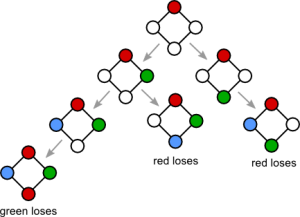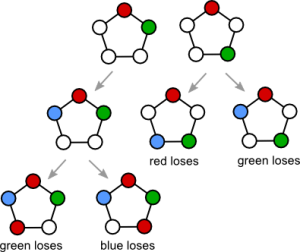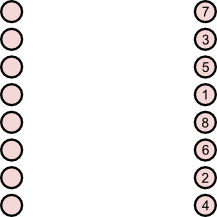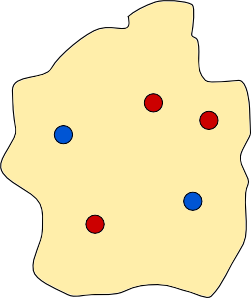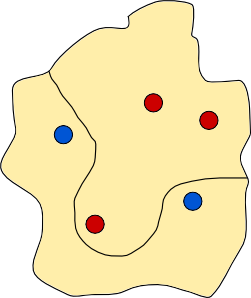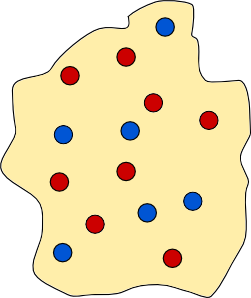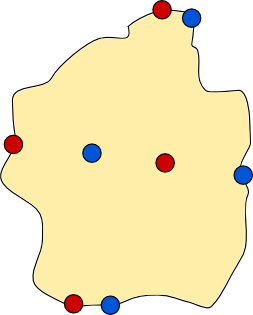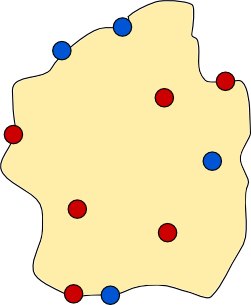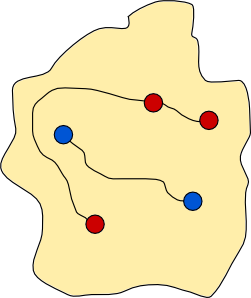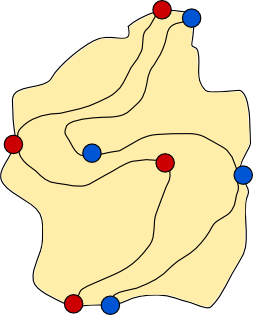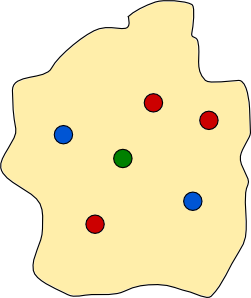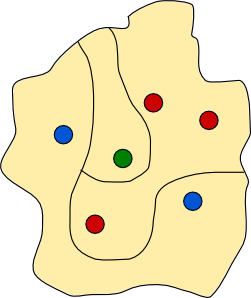Short, Little, and Bent
E left a book, :59 Seconds – Think a little – Change a lot by Richard Wiseman, lying around which stated that people with surnames such as Short, Little, or Bent are especially likely to suffer feelings of social inferiority. (Wiseman referred to some paper or other for this fact.) I laughed, but the author’s surname… The book also suggested that men with positive initials (such as ACE, HUG, and JOY) live longer, and those with negative initials (PIG, BUM, and DIE) die younger. Sounds unlikely. I read the rest of the book, and it was pretty good. Here are some key points from certain chapters (not in order).
Creativity
(1) It’s often thought that brainstorming is more productive than thinking alone. Not necessarily true, because of social loafing. Dominant person doing all the thinking. Guess that’s obvious.
(2) In solving a problem, a good strategy is to leave it for a while, and then return. Your subconscious will have a crack. Various experiments in book to justify this. Seems true. He even suggests that you occupy your conscious mind with a distraction from the problem, and this focussing on something else will help with the original problem.
(3) He has four tips for creativity. (i) Prime: think hard about problem, and then distract yourself. (ii) Perspective: how would X think about this problem? (iii) Play: take a break and have fun. (iv) Ask yourself challenging questions. That’s it. Exaggerated inaccurate summary: to solve a problem work on anything but the problem.
(4) Green things are good for solving problems! Plants. Or without plants paint your room green.
(5) More on priming: try looking at inspirational pictures. These can be great works of art (or listen to music), but a simpler inspirational image is as follows. Consider lots of arrows pointing downwards, and amongst them a single arrow pointing up. Look at this image! It helps you think differently. So the referenced experiments indicate.
Persuasion
(1) Rewards don’t necessarily work – rewards make people believe task must be unenjoyable.
(2) In interviews, likeability is often most important factor.
(3) In the TV programme The Weakest Link, the contestants near the middle win more often. How curious.
(4) To make yourself liked: (i) show interest in others, (ii) ask for favours, (iii) show fallibility, (iv) don’t gossip. All sounds believable.
(5) Here’s one I hadn’t thought of: if you want to get someone to agree to something, first ask them some basic questions they are likely to say ‘yes’ too. Then hit them with your request.
(6) In bargaining, humour helps.
(7) Bystander effect – I like this one. Example is of a guy who collapses in a street. When there is only one other person in the street, he or she offers to help the guy. When there are loads of people, nobody helps. Reason is because people look to each other for indications of how to behave. So nobody brings themselves to do anything. Also some kind of social embarrassment or something involved.
(8) Reciprocity: help someone and they help you.
(9) Best way of getting a lost wallet returned: keep a photo of a baby in it.
Well that all seemed devious somehow. I’ll move on to…
Happiness
(1) Once reach certain modest level of wealth, happiness independent of money. Believable.
(2) Attempting to suppress thoughts makes them come up more regularly.
(3) After traumatic event, writing about it helps (getting things down in an orderly fashion). Talking may not help though: the orderly part is usually missing. So write!
(4) Writing positive things (in all kinds of contexts) helps you out. Be positive! Wiseman is forgiven for the Short thing. I’ll embrace my surname and ridiculous initials.
(5) If you are happy you smile. Converse holds partly too. Smile and you’ll be happier. Have good posture and use positive language too.
Attraction
(1) The ‘play hard to get’ adage is wrong. Should be ‘play hard to get but at the same time be enthusiastic about the other person’.
(2) Touch a person’s upper arm to be friendly. I won’t be doing that one.
(3) Mimic a person to be agreeable. (What if they catch you?)
(4) Apparently women look for bravery in men and risk taking. Rock climbing number one pursuit for men attracting women. Golf bottom. Aerobics number one pursuit for women attracting men. Body building bottom – ha!
(5) When in love your heart beats faster. Converse holds a bit too. Similar thing with intimate conversations.
(6) Reflected glory: if guy sees girl with guy then guy thinks more of girl than if girl alone.
Decision making
(1) People in groups take more risks. Their views become polarized.
(2) To persuade people, get your foot in the door. Isn’t this in the wrong chapter?
(3) Don’t spend long on big decisions. Let your subconscious work on them. People regret more if they dwell on decisions for a long time.
(4) To detect liars, ignore tension or nervousness; instead look for slow answers, evasiveness, and lack of detail.
Motivation
(1) (i) Plan. (ii) Tell others about plan. (iii) Think about good things that come from achieving goal. (iv) Reward yourself for progress. (v) Record progress.
(2) A familiar phenomenon: once you start a task, your mind wants to finish it, and is agitated until it’s done. Once it’s done, mind wipes it and you can’t remember it so well. (Example, waiter who forgets order once it’s paid.)
(3) Employ Orwellian doublethink: optimism and realism simultaneously.
Stress
(1) Punching and screaming doesn’t help. Instead search for the positive side of things.
(2) Praying for others helps you. Altruism is good for you.
(3) Laugh more. Go outside in the sun. (To alleviate stress.)
(4) Own a dog. (And pass stress on to your neighbours.)
Personality
(1) Apparently its well known that some canny psychologists once went through the dictionary and extracted all the words relating to personality. They then classified those words into five categories, namely openness, conscientiousness, extroversion, agreeableness, and neuroticism. A personality can be well approximated by describing these five attributes.
Parenting
Didn’t read this one.
Relationships
Nor this one.

